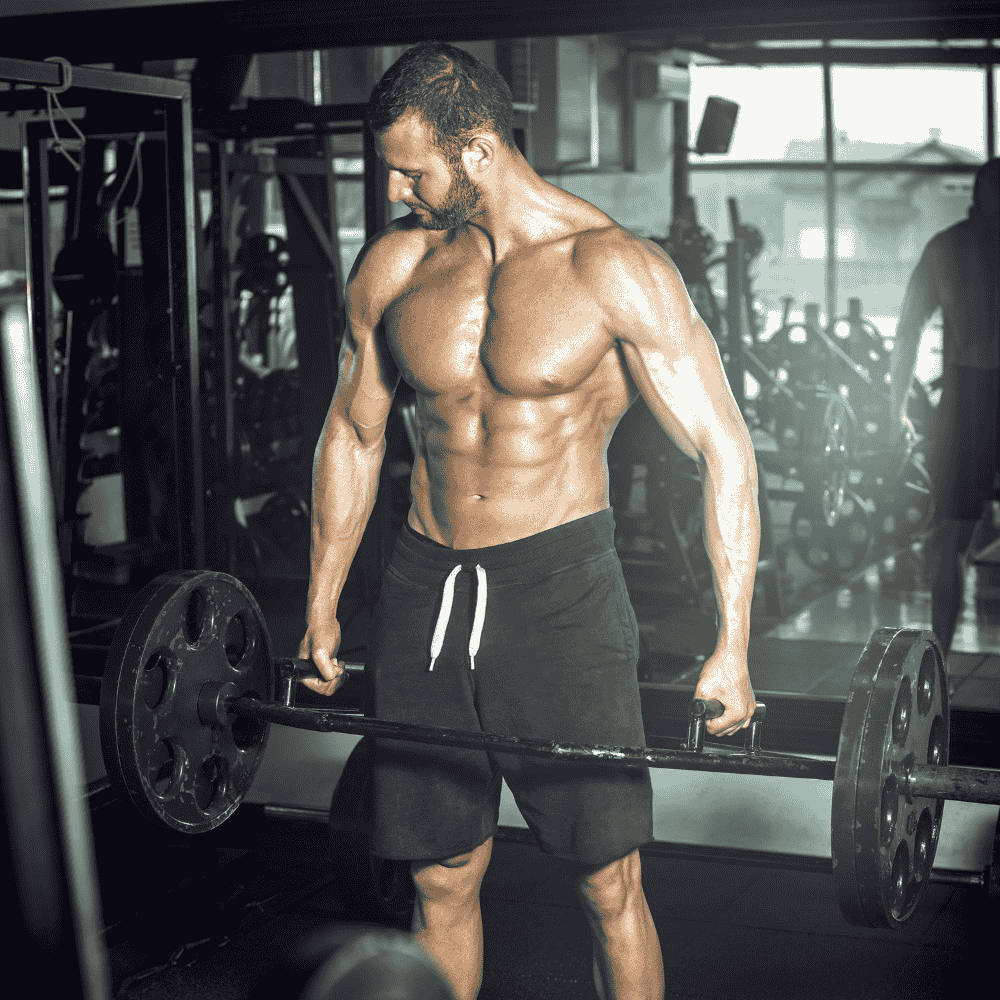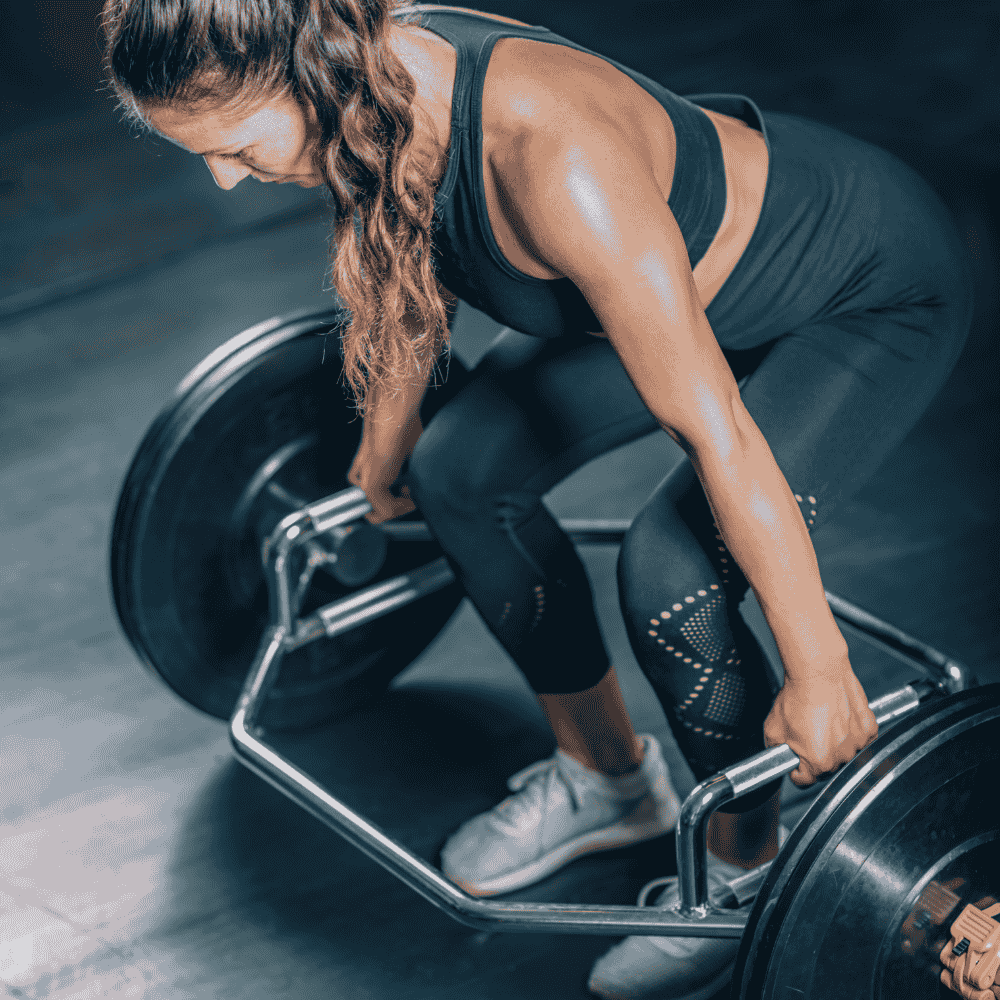The trap bar deadlift, also known as the hex bar deadlift, is a game-changer for anyone looking to lift heavy with less stress on the spine and joints.
Whether you're new to strength training or an experienced lifter refining your form, this movement is a smart, joint-friendly way to build serious power and muscle.
What Is a Trap Bar Deadlift?
A trap bar deadlift uses a trap bar (hex bar) — a six-sided barbell that allows you to stand inside it and grip the handles at your sides.
This position places the load in line with your centre of gravity rather than in front of your body, as with a conventional barbell deadlift.
The result? A more upright posture, reduced strain on the lower back, and improved overall form.
Trap Bar Deadlift Benefits
1. Reduced Risk of Injury
The centred weight distribution helps maintain a more neutral spine, decreasing the chance of lower back injuries.
2. Better for Beginners
The trap bar deadlift is easier to learn than the straight bar version. The handles encourage a natural grip and body alignment, making it ideal for those just starting out.
3. More Power, Less Strain
This variation allows most lifters to lift heavier weights due to improved mechanics and reduced stress on vulnerable joints.
4. Full-Body Strength Development
Although it’s known for targeting the hamstrings and glutes, the trap bar deadlift also works the quads, back, forearms, and core — offering excellent total-body activation.
How to Perform a Trap Bar Deadlift
- Set Up the Bar: Load your preferred trap bar weight and step inside the bar.
- Stance: Feet shoulder-width apart, toes slightly pointed out.
- Grip: Reach down to grab the side handles. Keep your chest up and shoulders back.
- Brace: Engage your core and maintain a straight spine.
- Lift: Drive through your heels to lift the bar. Extend your hips and knees at the same time.
- Lockout: Stand tall without leaning back. Pause briefly, then lower the bar under control.
Trap Bar Deadlift vs. Conventional Deadlift
While the conventional deadlift puts more emphasis on the posterior chain and requires more mobility, the trap bar deadlift is generally safer and more accessible.
It's often recommended for:
- Lifters with a history of lower back pain.
- Athletes focusing on power and jump training.
- Anyone training at home with limited mobility or space.
Variations to Try
- Elevated Trap Bar Deadlift – Stand on a platform for deeper range of motion.
- Deficit Trap Bar Deadlift – Great for hamstring activation.
- Heavy Trap Bar Carries – For grip and core strength,
Common Mistakes to Avoid
- Rounding the lower back.
- Pulling with the arms instead of pushing with the legs.
- Leaning too far forward.
- Lifting with too much weight too soon.
Ready to Lift Smarter?
The trap bar deadlift is a safer, more efficient way to build strength and resilience in your body.
It pairs perfectly with other hex bar movements like the trap bar squat or trap bar shrugs for a complete, effective workout.









